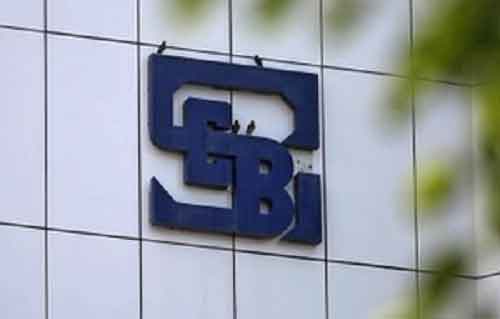New Delhi, July 2 – Market regulator Securities and Exchange Board of India (SEBI), as per directions by the Supreme Court, has issued a show-cause notice to Hindenburg Research, its sole beneficial owner Nathan Anderson and Mark Kingdon who is the ultimate beneficial owner of Mauritius-based entities, for trading violations in the scrip of Adani Enterprises, leading up to Hindenburg report and thereafter.
In the show-cause notice, it is alleged that Hindenburg colluded with others to build short positions in the scrip of Adani Enterprises Limited (AEL).
Hindenburg and Anderson are also alleged to have disseminated misleading information through the Hindenburg report (dated January 24, 2023), thereby inducing panic selling in AEL, among other securities.
The Supreme Court, by its judgment and order dated January 3, 2024, issued directions to SEBI and the investigative agencies of the Union government to probe into whether the loss suffered by Indian investors due to the conduct of Hindenburg and any other entities in taking short positions involved any infraction of the law and if so, to take suitable action.
In a previous order passed in the Writ Petitions, the Supreme Court took note of the loss of investor wealth in the aftermath of the report and recognised the dire need to protect Indian investors from unanticipated volatility in the market.
SEBI’s investigation exposed that Kotak Mahindra and Hindenburg conspired together to take short positions in Adani shares.
Hindenburg agreed to take a 25 per cent profit cut from shorting, resulting in millions of dollars in profit.
Chats from Kotak Mahindra bank executives, mentioned by SEBI in their show-cause notice, reveal how Kotak set up offshore funds to route money and take short positions in Adani futures, generating profits of $22.11 million.
SEBI’s show-cause notice also exposes how Hindenburg’s report was full of conjectures, lies, and misrepresentations, with the sole intention of maximising profits from their short positions.
Instead of addressing SEBI’s investigation, which is based on documents and proof obtained from US courts and SEC records, Hindenburg has started attacking SEBI, calling them biased.
Despite claiming small profits from shorting Adani, SEBI’s investigation reveals Hindenburg also made $9.2 million by taking short positions in ETFs and options on the MSCI India Index, and trading in bonds of Adani Electricity Mumbai Limited, AGEL, and APSEZ.
SEBI also found that Hindenburg misrepresented Supreme Court judgment findings, alleged government corruption and bribery without proof.
The show-cause notice states as to why action should not be taken against them under Sections 11(1), 11(4), 11(4A), 11B(1) and 11B(2) — read with Sections 15HA and 15HB of the SEBI Act, 1992 — which provide for the issuance of directions, including restraint from access to the securities market, and levying of monetary penalty.
Hindenburg has claimed that it did not provide research notice to Kingdon prior to sharing the draft report and Kingdon did not share the trading notice with Hindenburg before the report was shared publicly through mass email.
